Bali Fab Fest 2022: Hendra Kusumah, One of the IoT2Wild Contest Winners, Organized Hands-on Workshops in Bali Using SenseCAP K1100 Kit
By Ye Seong SHIN 3 years agoOn October 15th-16th, Hendra Kusumah, one of the IoT2Wild Contest winners in our global open source community, flew to Bali, Indonesia, with the intention to share his latest environmental conservation project, deliver a talk on a #Tech4Good topic, and facilitate 2 hands-on workshops at Bali Fab Fest 2022. As Seeed Studio is a Community Partner for Bali Fab Fest, we’re happy to have supported Hendra’s trip to the event, as well as sponsored SenseCAP K1100 Kits for his workshop participants.
Event Name: Bali Fab Fest 2022
Event Location: Indonesia (Bali)
Targeted Industry Type: Wildlife Conservation and Environmental Monitoring
Engaged Partner(s): 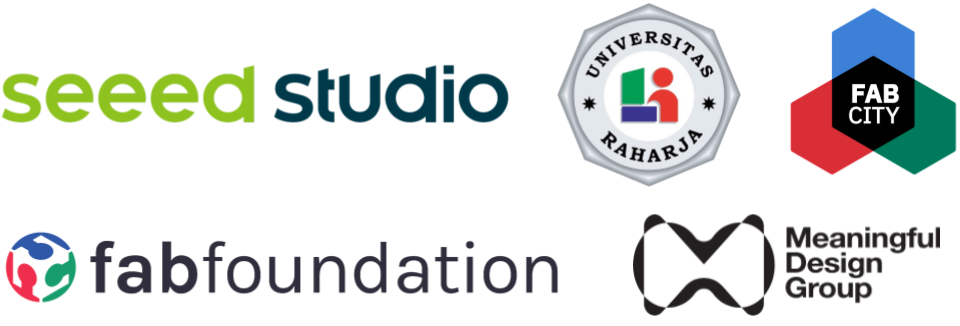
On October 15th-16th, Hendra Kusumah (Figure 1), one of the IoT2Wild Contest winners as well as one of the best sustainability makers in our global open source community, flew to Bali, Indonesia, with the intention to share his latest environmental conservation project, deliver a talk on a #Tech4Good topic, and facilitate 2 hands-on workshops at Bali Fab Fest 2022. As Seeed Studio is a Community Partner for Bali Fab Fest, we’re happy to have supported Hendra’s trip to the event, as well as sponsored 11 units of SenseCAP K1100 Kit and 1 unit of SenseCAP M2 Data-Only LoRaWAN Indoor Gateway for his workshop participants.
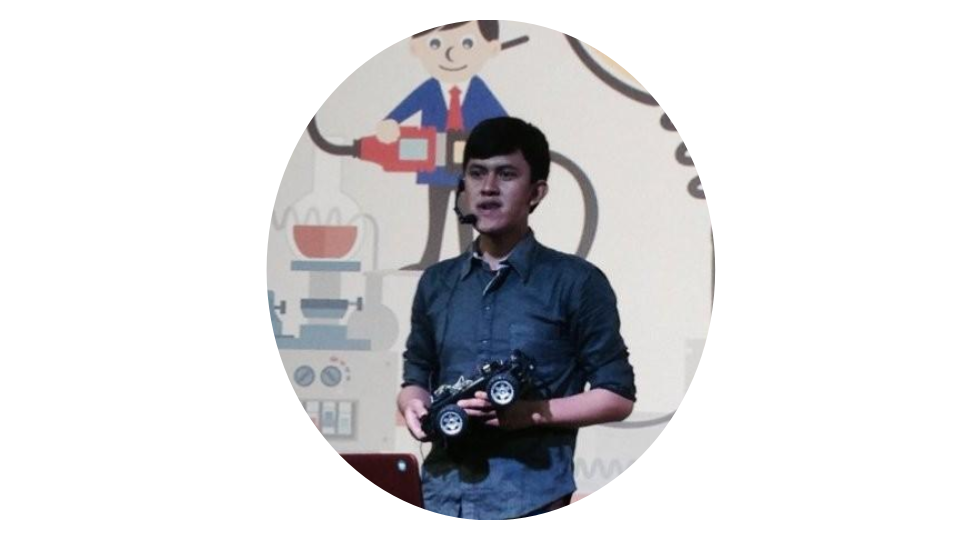
Figure 1. Hendra Kusumah
Ⓒ Hendra Kusumah
Bali Fab Fest 2022 is a unique, 11-days-long, on-site event that has sought to facilitate a meaningful, hands-on learning experience for all participants. Through using tools like AIoT technologies, creative designs, bottom-up innovations, multimedia, arts, crafts, music, and dance, the glocal participants invested their time and efforts to re-inventing and re-realizing the world that is coming next, responding to global challenges such as climate change and social exclusion through small-scale interventions. The event enabled meaningful collaborations between innovators, makers, entrepreneurs, organizations, companies, and the public sector.
Now, let’s find out what Hendra did at Bali Fab Fest 2022 (Figure 2)!
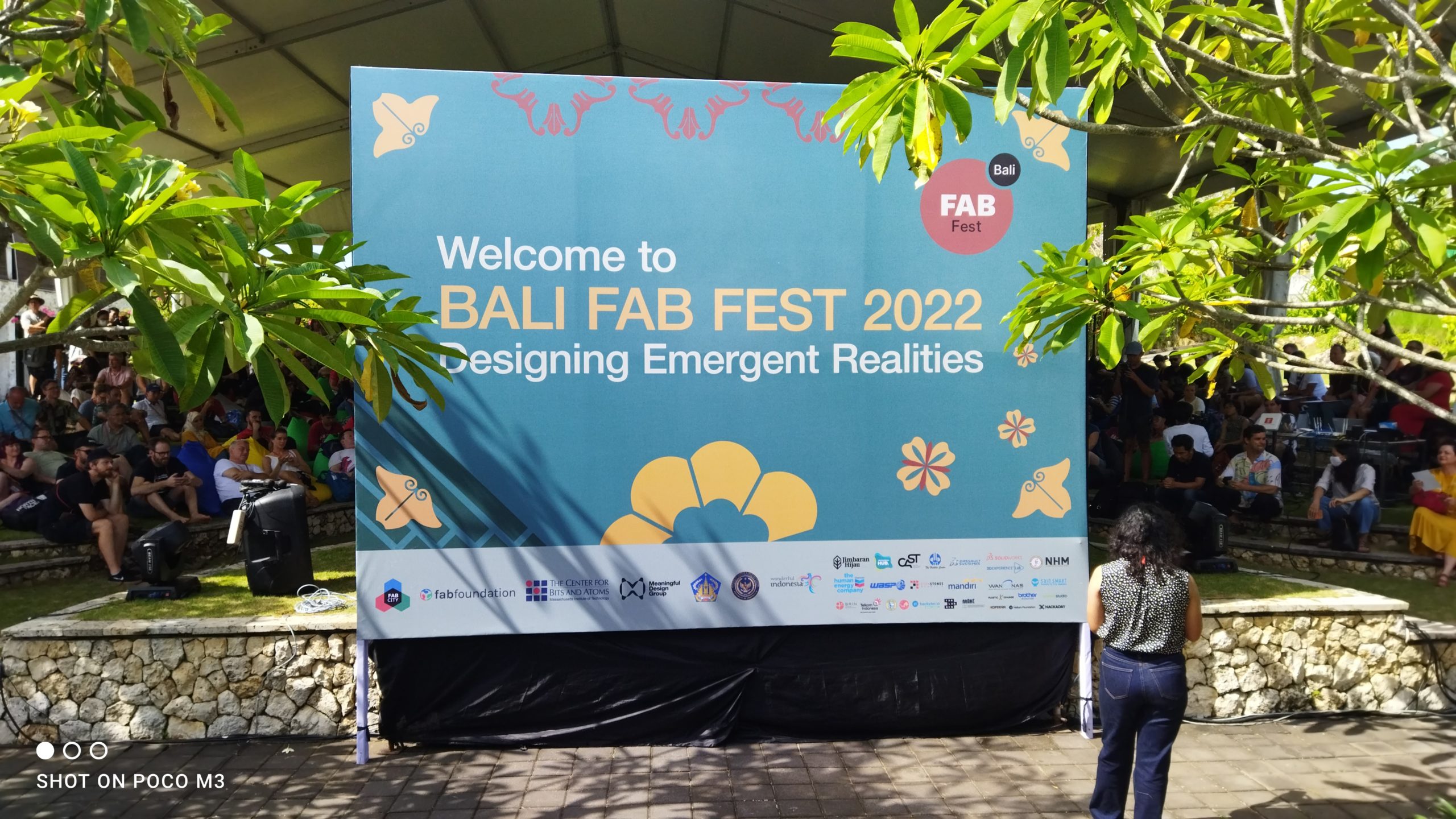
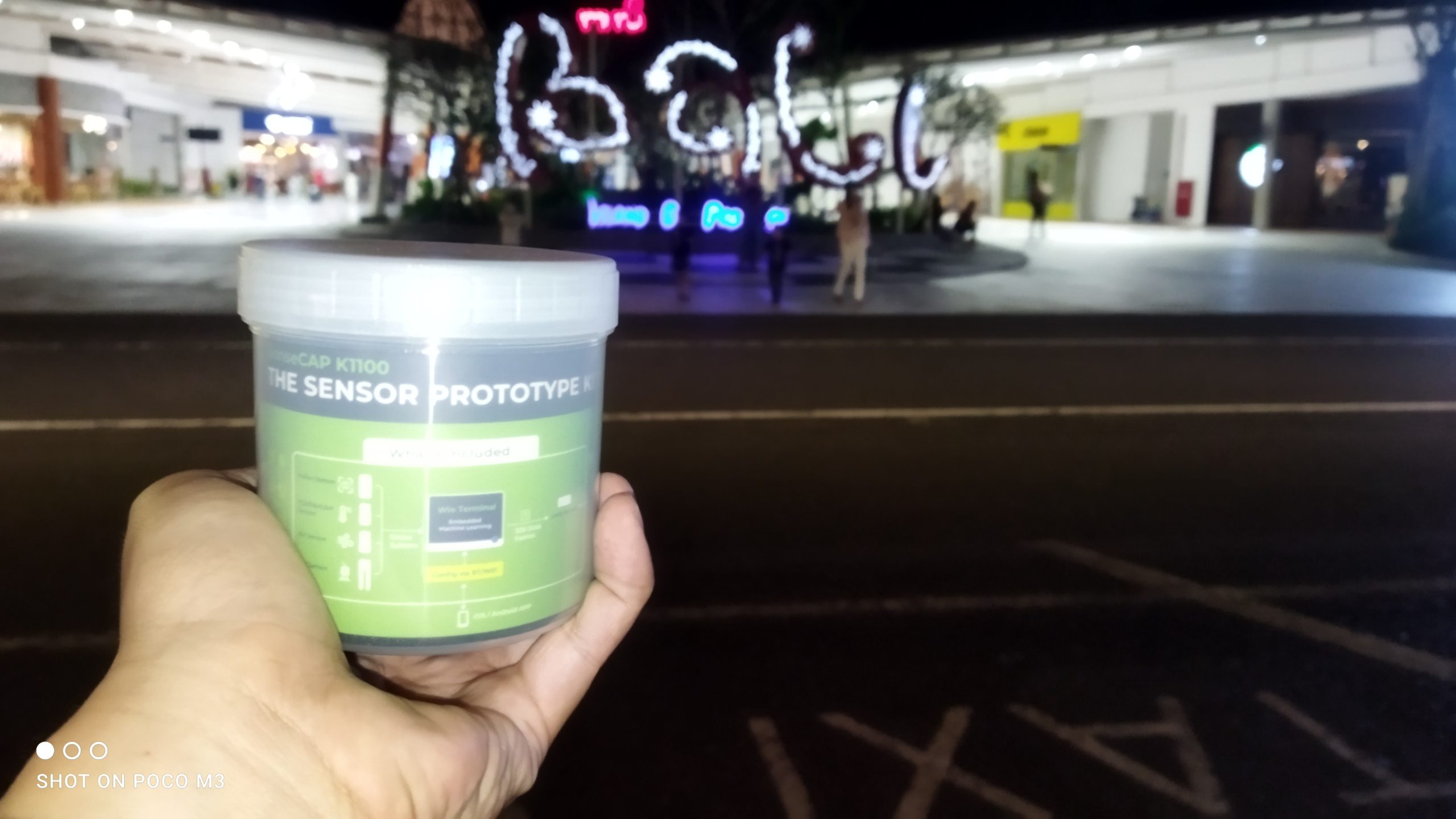
Figure 2. SenseCAP K1100 Kit at Bali Fab Fest 2022, Bali
Ⓒ Hendra Kusumah
I. Lightning Talk: TinyML for Wild Nature Conservation
Figure 3. Hendra’s Lightning Talk on Using tinyML for Wild Nature Conservation
Ⓒ Hendra Kusumah, Gading Reno Sasmito, Steven Arya Munthe
In the morning of October 15th (Figure 3), Hendra was invited as a speaker, who is a maker of sustainability projects representing the global open tech community to share numerous possibilities, potentiality, and benefits of using AIoT, Edge Computing, and tinyML for accelerating the UN’s Sustainable Development Goals (SDGs). For 30 minutes, he did so by sharing his journey of making his “Wildlife Sanctuary Monitor” project, which recently won an ‘Enthusiastic Project Award’ at Seeed’s “IoT Into the Wild Contest for Sustainable Planet 2022” (aka, ‘IoT2Wild Contest’) earlier this month. This project focused on harnessing audio classification to check the endangered wildlife’s liveliness, using object detection to check the wildlife activities, notifying illegal poaching activities in real-time, and triggering early warnings on wildfire detection to prevent the spread of wildfires (Figure 4). Through embedding SenseCAP K1100 Kit, Seeed Studio XIAO RP2040, and Edge Impulse, the prototype device achieved long-distance, wireless transmissions of data outcomes to appear on computer dashboards and smartphone messages.
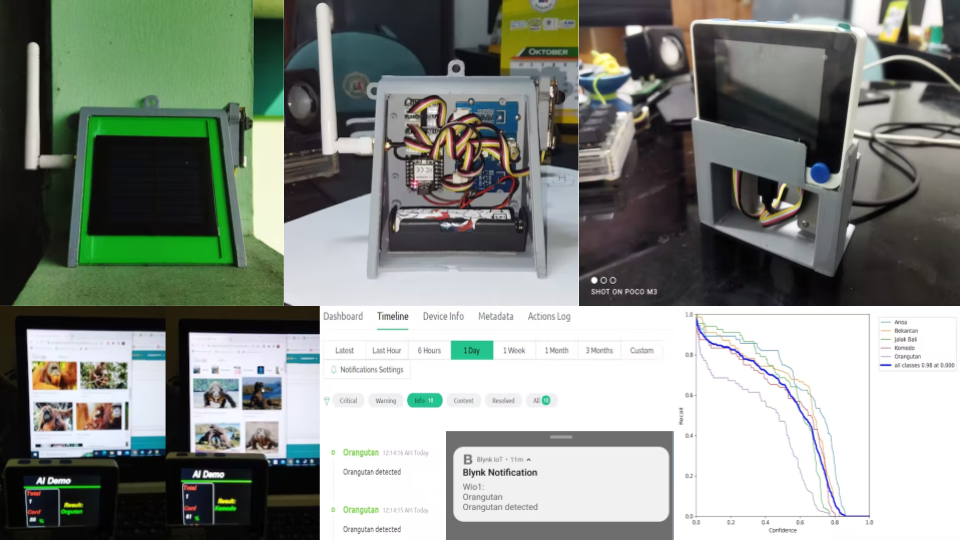
Figure 4. Hendra’s “Wildlife Sanctuary Monitor” Project Prototype
Ⓒ Hendra Kusumah
“Indonesia is home to the third-largest tropical forest after the Amazon and Congo. Some of these forests have biodiversity values and are also used as a sanctuary to protect rare animals that are endemic in Indonesia. … Conservation doesn’t run well in the forests of Indonesia due to various things. … Javan Rhinoceros is one of the animals that are still concerned to become extinct and still preserved until this day in Ujung Kulon National Park sanctuary. The Javan Rhinoceros is different from other rhinoceros because they only have one horn, and the horn is believed to have medicinal content. Because of that reason, there are still some people who do illegal hunting. … Another animal that is constantly hunted is the orangutan. According to various article sources, more than 100,000 orangutans have been killed in the past 20 years due to illegal trading and deforestation. … The main challenge in conservation according to the article is lack of staff or resources to protect the forests: only 1 staff is responsible for 7,000 acres of forest. Another challenge for conservation is wildfire. … I want to build a device that helps conservation to monitor the forests’ conditions and detect the endangered animals.”
– Hendra Kusumah
Moreover, in this talk, Hendra highlighted not only the broad application areas, but also the strong capacities of SenseCAP K1100 – The Sensor Prototype Kit (aka ‘SenseCAP K1100 Kit’) for his project. In particular, he passionately shared the climate crisis discourse on why it is significant to use AIoT and open source technologies for environmental sensing/monitoring purposes. After his talk, he had the chance to network with other glocal makers and multi-stakeholders, sharing their IoT projects, technical expertise, project experience, as well as challenges.
II. Workshop 1: Simple Steps to Learn AIoT for Environmental and Wildlife Conservation!
Figure 5. Photos and Video Clip from Hendra’s Workshop 1
Ⓒ Hendra Kusumah, Gading Reno Sasmito, Steven Arya Munthe
In the afternoon of October 15th, Hendra organized a 4-hour-long, hands-on workshop focused on using the beginner-friendly, no-coding-required SenseCAP K1100 Kit to explore and learn AIoT technologies and open source tools for environmental and wildlife conservation (Figure 5). Among the workshop participants, there were Amri and Obi from Sumbawa University of Technology, students from Beasiswa Indonesia Maju (a distinguished scholarship program of Indonesia’s Ministry of Education), Pablo Zuloaga Betancourt and Antoine Jaunard from Fab Lab Barcelona, Herbert from Columbia, Jorge from the United Arab Emirates, Pieter from the Netherlands, and Parag from India.
“In total, there were 19 participants for the workshop. … The participants came from multiple countries and also from the local area … Even though it exceeded the capacity of the maximum slots available for the workshop, I still welcomed them and let them join the workshop, because of their enthusiasm.”
– Hendra Kusumah
The workshop started with introducing Seeed Studio and its SDG projects, including the IoT2Wild Contest. Then, Hendra explained about the SenseCAP K1100 Kit and its capability as a guidance to facilitate the participants to learn AIoT by getting their hands on the device. First, they installed Sensecraft firmware that Hendra compiled to support the LoRa frequency band in Indonesia. He emphasized a significant feature of this firmware: “no-coding” feature perfect for environmental and wildlife conservation projects in the wild. Second, the participants were excited to try out the Kit and managed to connect Grove sensors (VOC and eCO2 Gas Sensor, Soil Moisture Sensor, Temperature and Humidity Sensor, and Wio-E5) to Wio Terminal (ATSAMD51-based microcontroller), and then to the LoRaWAN networks with the help of SenseCAP M2 Data-Only LoRaWAN Indoor Gateway. With participants getting successful results, the participants were self-empowered to learn that they, whether they’re from non-technical or technical backgrounds or not, can also use the AIoT technologies for various sustainability projects and topics that they care about the most.
III. Workshop 2: Mini-Hackathon on Using AI Vision and IoT for Your Own Sustainability Projects!
Figure 6. Photos and Video Clips from Hendra’s Workshop 2
Ⓒ Hendra Kusumah, Gading Reno Sasmito, Steven Arya Munthe
On October 16th, Workshop 1 participants joyfully came to join Hendra’s second workshop, which was focused on using Grove – Vision AI Module from the SenseCAP K1100 Kit to build object detection projects for various real-life applications in the wild (Figure 6). The workshop lasted 3.5 hours in the morning, and Hendra started the workshop by giving a brief overview of tinyML framework, Machine Learning, and Machine Vision. Afterwards, he shared his knowledge and experience on how to run tinyML on the Grove – Vision AI Module, for the participants to deep dive into the world of Machine Vision. After the participants managed to get a customized Machine Vision model running on the Module for various sustainability topics, they realized the immense possibilities of AIoT and open source innovations. At the end of the workshop, Hendra facilitated them to document and publish their projects’ learning outcomes on Seeed’s Open Source Community Channel on Hackster.io, as a means for them to not only learn about how the global open source community shares their knowledge with others, but also to witness how the open source project repository engenders decentralized tech and bottom-up innovations.
“I guided them to publish a project on Hackster.io, and make a Hackster page about what they learned for the past two days, or about making a new project with the Kit for one and half hours. After they published the projects, I picked 2 winners: Gading from Fablab Jababeka, and Kenneth from Beasiswa Indonesia Maju.”
– Hendra Kusumah
Some of the workshop participants’ published Hackster projects:






One thing that is noteworthy to share is that, Mr. Muhammad Neil El Himam, the Deputy Chairman of Digital Economy and Creative Products at the Ministry of Tourism and Creative Economy of Indonesia, visited Hendra’s second workshop, and Hendra had an honor to share the capability of SenseCAP K1100 Kit and Seeed Studio (Figure 7).
Figure 7. Hendra Explaining SenseCAP K1100 Kit to the Deputy Chairman of Digital Economy and Creative Products
Ⓒ Hendra Kusumah, Gading Reno Sasmito, Steven Arya Munthe
“On October 17th 2022, I flew back home. For the past three days at Bali Fab Fest 2022, … it can be concluded that all of my occasions for the event were successful. I am pretty happy for the participants because they manage to use the Kit without any major problems. Also, really thankful to Seeed Studio for supporting me on this journey.”
– Hendra Kusumah
Two of the participants, Antoine and Yohannes, shared their experience on Hendra’s workshops and using SenseCAP K1100 Kit:
“I think it was very helpful to see different sensors [from the Kit], that kind of device [=Wio Terminal], that you can plug in easily, where you don’t need a lot of prototyping or expertise to make it happen. I enjoyed this idea of learning about AI, object detection, and the easiness of plugging-in together.”
– Antoine Jaunard
“The workshop is really insightful. I think it’s really helpful because it shows us how complicated work could be a lot more easier with this Kit from Seeed Studio. I think the Grove Vision AI Sensor was very helpful because it was very fun as well, that we can detect a lot of things.”
– Yohannes
In conclusion, at Seeed, we’d like to express gratitude and congratulate Hendra for successfully organizing the talk and 2 workshops at Bali Fab Fest 2022 (Figure 8). It has been a greatly inspirational journey to collaborate with Hendra in spreading out the valuable use cases and potentiality of emerging technologies like AIoT, tinyML, and Machine Vision for the planet. Likewise, we hope to continue to tackle environmental and wildlife conservation through #IoT2Wild initiatives/programs/events in the years to come. Together with the open source community, there’s nothing we can’t accelerate for the achievement of the UN’s SDGs!!! IoT2Wild to be continued…!
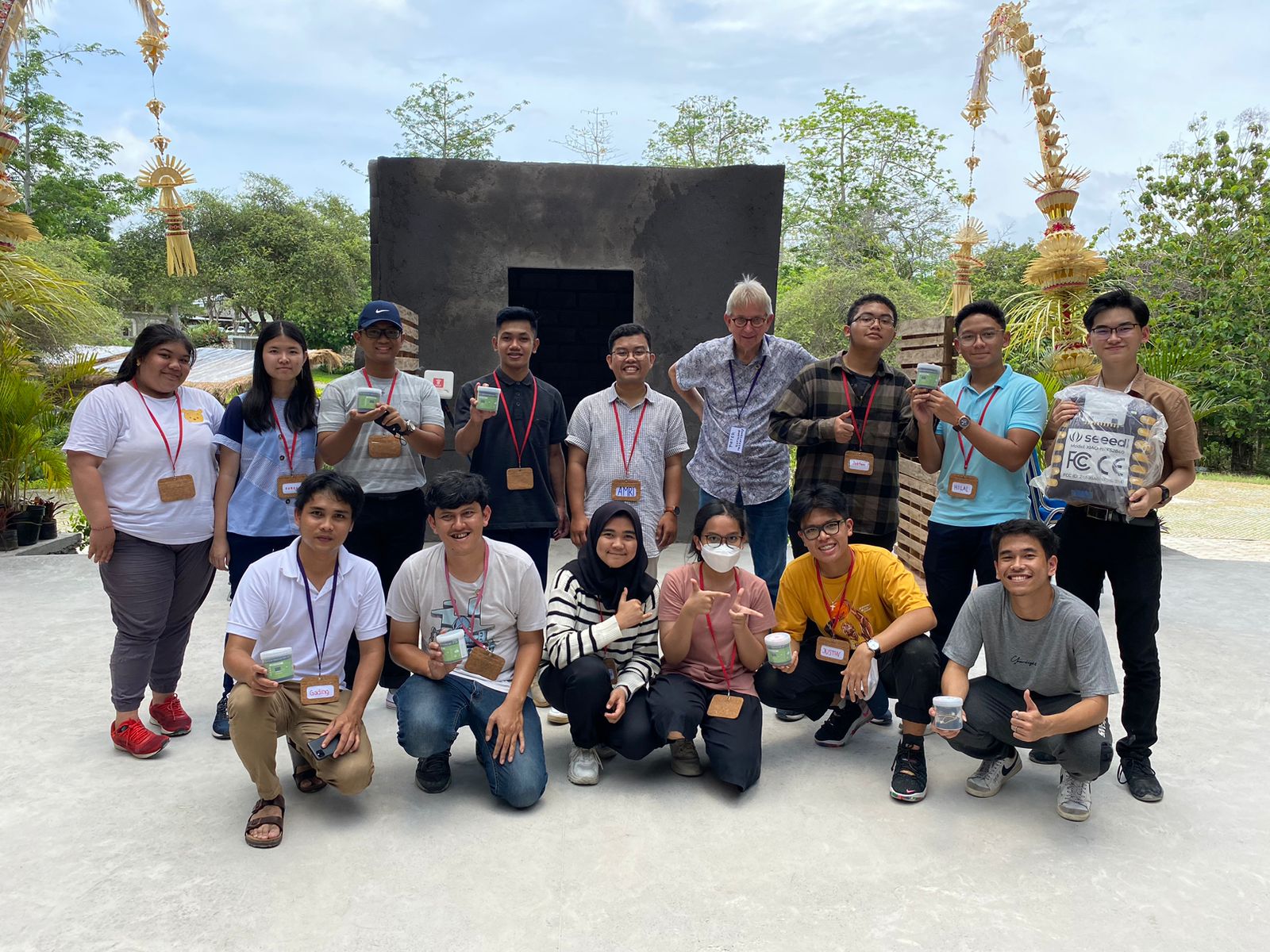
Figure 8. Group Photo with Workshop Participants After Concluding Workshop 2
Ⓒ Hendra Kusumah, Gading Reno Sasmito, Steven Arya Munthe
About Author
Ye Seong SHIN
Sustainability and CSR Manager at Seeed Studio
。
Jointly organize/participate in multi-stakeholder projects/platforms/events/webinars/workshops/hackathons/etc. to accelerate SDGs with local communities and open tech anywhere in the world by connecting with Ye Seong SHIN today on LinkedIn.
。
Seeed Studio is the IoT and AI solution provider for all types of traditional industries’ sustainable digitalization. Since its establishment in 2008, Seeed Studio’s technological products and customization services are used for smart agriculture, smart cities, smart environmental monitoring, smart animal farming, smart aquaculture, meteorological monitoring, STEAM education, and all types of emerging scenarios enabled by the Industry 4.0. With the company’s mission to “Empower Everyone to Achieve Their Digital Transformation Goals” (which shares similar values with SDGs’ Motto of “Leave No One Behind”), Seeed Studio is devoted to using open source technologies for accelerating SDGs with multi-stakeholders from UN agencies, academia, companies, CSOs, governments, public/private organizations, and so on. This is why, Seeed Studio also founded “Chaihuo Maker Space”, and started China’s first Maker Movement by annually organizing “Maker Faire Shenzhen”.